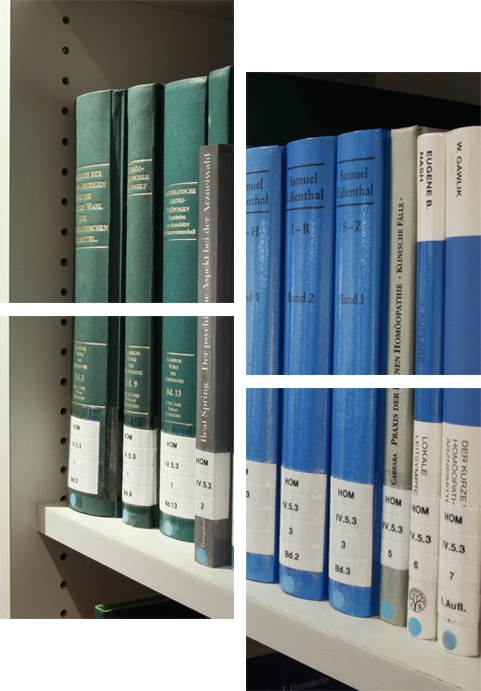
Dr. Bloom’s research found that laughter generated the same brain wave frequency as that found in Tibetan monks who had undergone training in meditation for an estimated 10,000 to 50,000 hours, over time periods of 15 to 40 years1,2. Although ordinary laughter can help relieve pain, this is often temporary. He found that Powerful Laughter, discussed in great length in his book The Ho-Ho-Holiest Medicine, can be much more effective on a long-term basis.
Studying the similarities of meditation, intercessory prayer and the power of laughter for helping to facilitate miracles and trying to make sense of it all though quantum physics led him to the conclusion that Powerful Laughter can help bring about the miracles needed to help save our world.
His book is a product of his intense anger toward politicians and his never-ending search for safety in a corrupt world. He found that all the chaos and corruption are a product of following a set of rules that contradict modern physics as taught by Nobel Prize Laurites based on separation – resulting in a world of lack and limitation and the need for competition, instead of embracing our inherent nature of interconnectedness and cooperation and Unconditional Love.
He developed Powerful Laughter and LaughGnosisTM, described in his book, as fun ways to help heal the underlying beliefs responsible for chaos, corruption and some diseases which he believes can radically help heal ourselves and our world.
Dr. Mitchell Bloom is a board-certified medical doctor and board-certified hypnotist who combines the best of traditional and cutting-edge Integrative and Regenerative Medical treatments that focus on correcting the root causes of physical emotional and spiritual aspects of pain. For more information about his Regenerative and Integrative Medical Practice, please click here www.IntegrativePainMD.com
1. Robert Preidt Health Day Reporter; SUNDAY, April 27, 2014 (HealthDay News); Published on Web MD on the internet
http://www.webmd.com/mental-health/news/20140427/laughter-may-work-like-meditation-in-the-brain.
2. http://web.stanford.edu/group/hopes/cgi-bin/hopes_test/meditation-and-hd/
